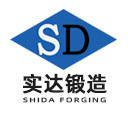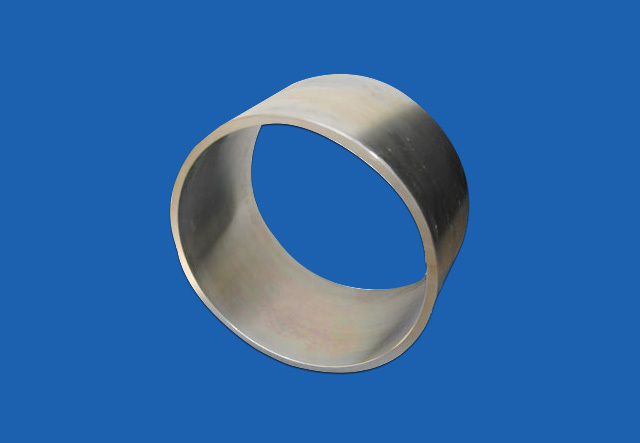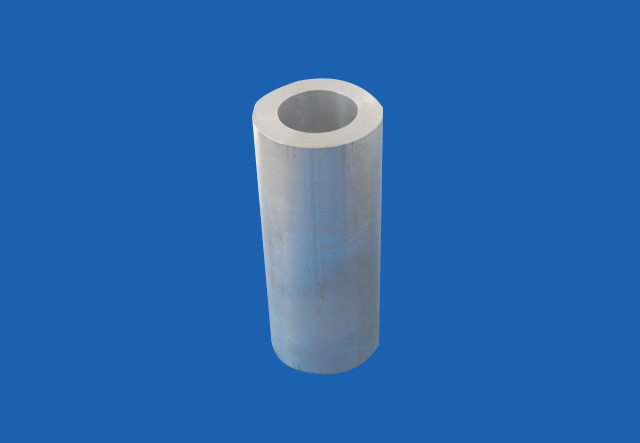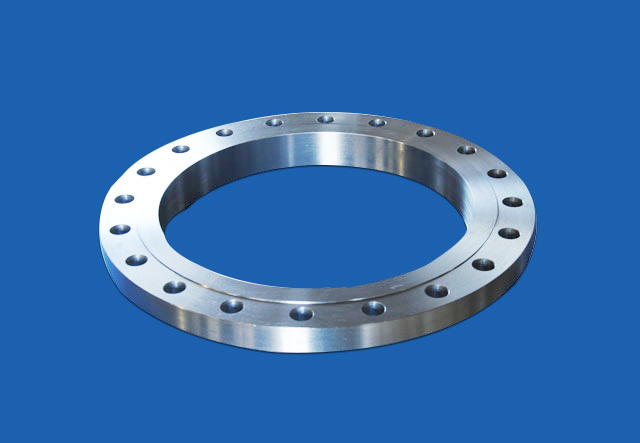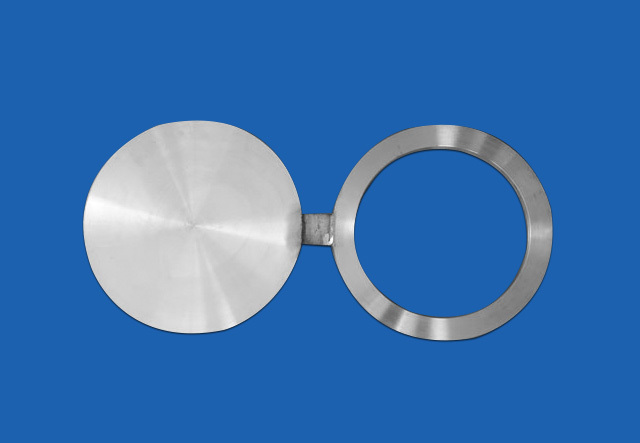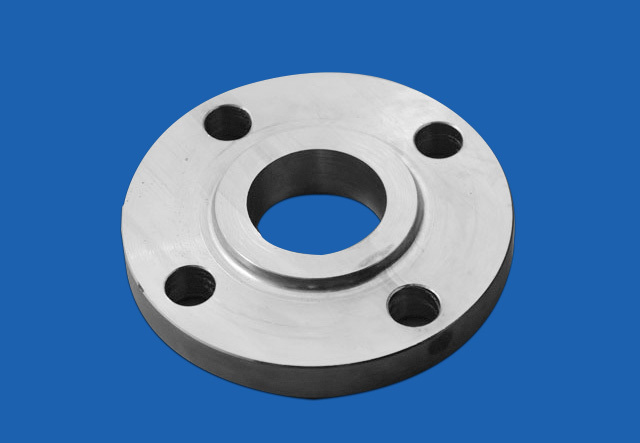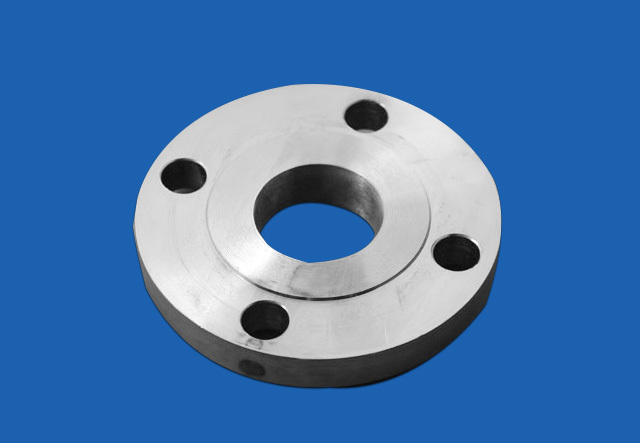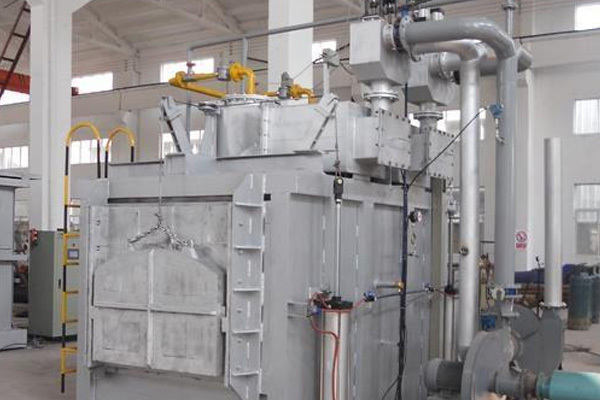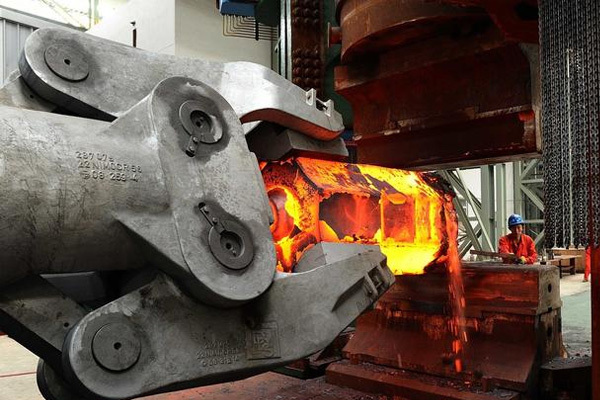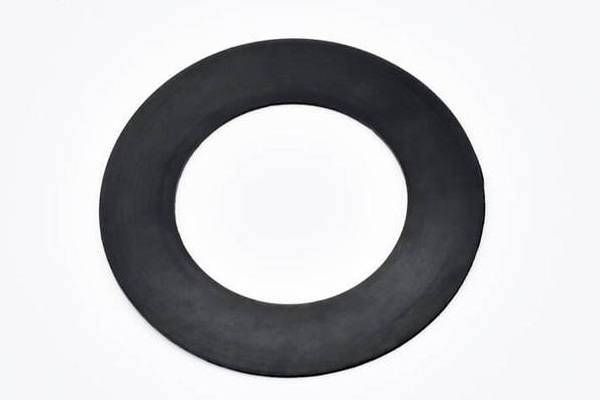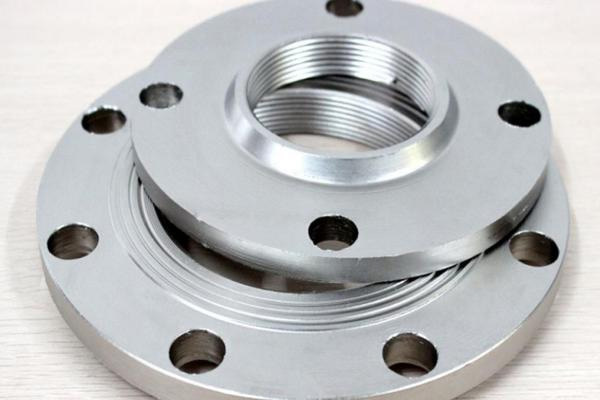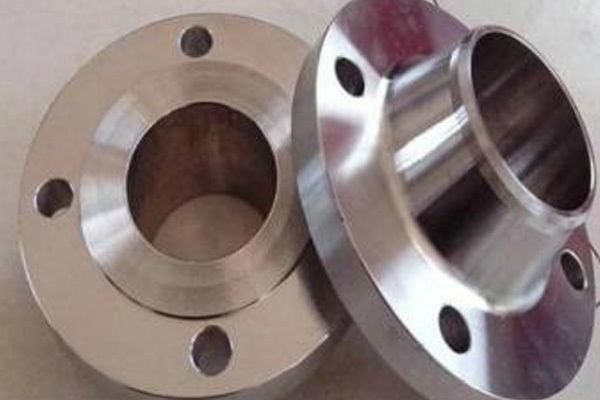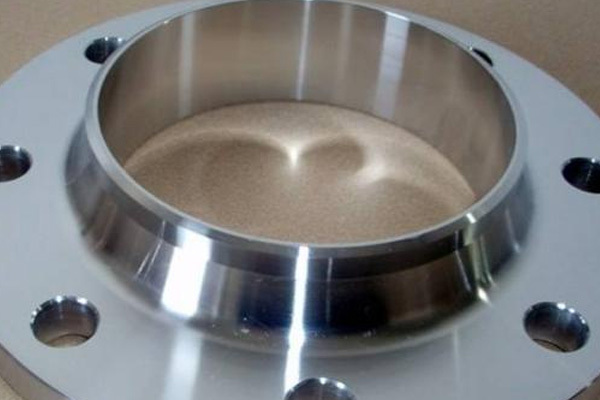Forging
Key words:
Forging flame heating equipment and its application 1 - Intermittent loading flame heating equipment
Common flame heating equipment for forging is mainly divided into batch loading and continuous loading according to the loading method. The editor will categorize, summarize, and explain different types of flame heating equipment, as well as their application scope and characteristics, in three articles. If there are any inaccuracies, please leave a message or Contact Us.
Key words:
Classification, characteristics, and equipment used in forging
Forging is a processing method that uses forging machinery to apply pressure to metal blanks, causing them to undergo plastic deformation to obtain forgings with certain mechanical properties, shapes, and sizes. It is one of the two main components of forging and stamping.
Key words:
Standard for flange sealing gaskets
There are many standards for flange sealing gaskets. Guangdong Zhongxiang can customize them based on the physical and chemical properties of the medium, as well as the pressure rating. Moreover, as everyone knows, flange sealing gaskets are determined by the material and industry nature, including asbestos rubber gaskets, metal gaskets, four [fú] gaskets rubber gaskets, aluminum gaskets, tooth-shaped gaskets, stainless steel gaskets, metal winding gaskets, annealed copper gaskets, and other flange sealing gasket products. Each type of flange sealing gasket has its own standards in various industries and applications.
Key words:
Small knowledge about flanges | What difficulties are there in processing national standard flanges?
The adhesion is simple. When machining national standard flanges, the chips are hard, and the cutting temperature is high. When the hard chips flow over the front cutting edge, adhesion phenomena such as sticking and welding occur, which affects the external brightness of the machined parts. The requirements for machining hardening are very strict. When using national standard flanges, there are many factors that affect the performance of national standard flanges. First, the annealing temperature under ideal conditions should be low enough to ensure the annealing of the primer sequence while being high enough to reduce non-specific separation. The reasonable annealing temperature is 55°C to 70°C. Secondly, it can sometimes be cut, powder metallurgy, casting, hot forging, and sheet metal.
Key words:
The different manifestations of flanges of different standards are mainly in these aspects.
A flange is a part that connects shafts to each other, used for the connection between pipe ends; there are also flanges used at the inlet and outlet of equipment, for connecting two devices, such as a reducer flange. In fact, flanges can be classified into standard and non-standard types. The so-called standard flange refers to flanges produced strictly according to national or industry standards, while non-standard flanges are customized based on actual conditions and specific customer requirements. Among them, only standard flanges are the types available for purchase on the market.
Key words:
Let's take a look at the heat treatment process of flanges!
Flanges are commonly used components in large pipeline projects, but many people are unfamiliar with flanges and do not know what they are. So what exactly is a flange? Let's take a look!
Key words:
Do not know how to choose for their own?
Let us assist you!
Our experts will contact you within 6 hours to meet your more needs.
